
I distinctly recall my buddy Lee coming into Gold’s Gym in a tank top and I thought, “Oh crap. He tore both pecs.” The telltale black and blue color noticeable in the pec, deltoid and upper biceps areas gave it away. I partially tore my left pec in 2010 and while it never turned the color of all the pictures I’ve seen of other people’s tears, it visibly looked bad. All I could think was how in the world did Lee manage to tear both at the same time! His response: “I didn’t. I got introduced to David Graston tools.”
“Graston Technique® is an innovative, evidence-based form of instrument-assisted soft tissue mobilization that enables clinicians to effectively break down scar tissue and fascial restrictions. The technique utilizes specially designed stainless steel instruments to specifically detect and effectively treat areas exhibiting soft tissue fibrosis or chronic inflammation.” – Official Graston Technique Website
Interesting enough, David Graston pioneered the original Graston Technique and its tools only to experience a falling out with business partners whereby he lost the rights to his own name and tools. He subsequently went on to develop the Sound Assist Soft Tissue Mobilization (SASTM) technique and tools which are made of a ceramic polymer, thus providing audible feedback to the practitioner. The certified practitioner I saw at the promoting of my friend Lee was Dr. Michael E. Hanson, D.C. Lee bemoaned the painfulness of the treatment, but I mostly describe it as uncomfortable more so than painful. Based on 24 years pushing iron and at least five muscle tears, I foresee ongoing visits to Dr. Hanson’s office for the foreseeable future. This is a week-by-week log of the first four weeks of my experience.
Week 1
Dr. Hanson suggested we treat one body part per session to allow healing time. Ideally, heavy weight training won’t follow a SASTM session for at least a couple days. I chose the pectoralis muscles and anterior deltoids primarily because of the aforementioned pec tear. Our bodies tend to compensate for injuries in ways which often lead to additional injuries. Digging into old scar tissue made me a little nervous, but it wasn’t too bad despite some discoloration.
Three days post-therapy, I trained chest and shoulders with caution. One of the first exercises of the John Meadows workout that day included pec flyes. Loading the muscle and placing it under tension while in a stretched position didn’t feel good. Not painful, but listening to my body, it just didn’t feel right. The interesting part involved the third exercise in the program that day: flat dumbbell presses. On this exercise I experienced better range of motion and lifted the same weight I normally do for eight reps, but instead got sets of 10. My strength and range of motion improved on the following weeks workouts as well.
Week 2
Perhaps in relation to my jacked up lower back, I often experience tightness in my upper-middle back area. Dr. Hanson focused on my traps and ran all the way down both sides of my spine. The cool part about the SASTM tools is the audible feedback. When the practitioner goes over areas with scar tissue, adhesions, etc. it’s like racking gravel vs. sweeping a smooth surface. Contracting my scapulae often resulted in what felt like a pinched nerve in my middle back. After this session, that feeling went away when performing back exercises. I wondered what took me so long to look into this therapy.
Week 3
Lower back issues often feed into knee pain, or vice-versa, so on week three Dr. Hanson focused on my vastus medialis. This session ratcheted up the pain scale a bit for me as he found a number of adhesions. He applied Rocket Tape to allow greater blood flow to the area and I didn’t have my cell phone with me for a picture until I got home. The tape obscured much of the discoloration, but my tear drop looked like someone took a bat to it. I purposefully ensured legs fell two days after this appointment and also began using Tommy Kono Knee Sleeves when performing heavy leg exercises.
Week 4
I’ve long experienced nagging pain in my left posterior deltoid. It comes and goes and usually only becomes noticeable when performing rear delt and some back exercises. Placing my arm across my body to stretch the posterior deltoid, Dr. Hanson immediately began apologizing and asking if I felt ok while working the area. It turns out both my right and left posterior deltoids contained adhesions along with my upper lat insertions. The immediate discoloration caused the apology, but it really didn’t hurt much at all. The recovery from this session took a bit longer, however I simply went light on my next back workout and by the following week felt fine.
Conclusion
Hearing about the benefits of Graston for years, I’m glad that I finally pulled the trigger and made an appointment for SASTM. I still plan to continue treatment until we’ve applied the therapy to all the major muscle groups in my body. Dr. Hanson pointed out within a session or two focusing on the same body part the area will become smooth during therapy, thus indicating nominal future benefit from repeated sessions. With the abuse my training places on my body, I imagine I’ll be a couple more months before I hit this point. Future sessions will simply happen as needed because I don’t plan to quit training hard anytime soon!
Bottom line: Don’t put off treatment of injuries and expect them to go away. Just like a car you hope to drive a long time, proper maintenance is paramount. I highly recommend Sound Assist Soft Tissue Mobilization for people with soft tissue injuries or structural imbalances.










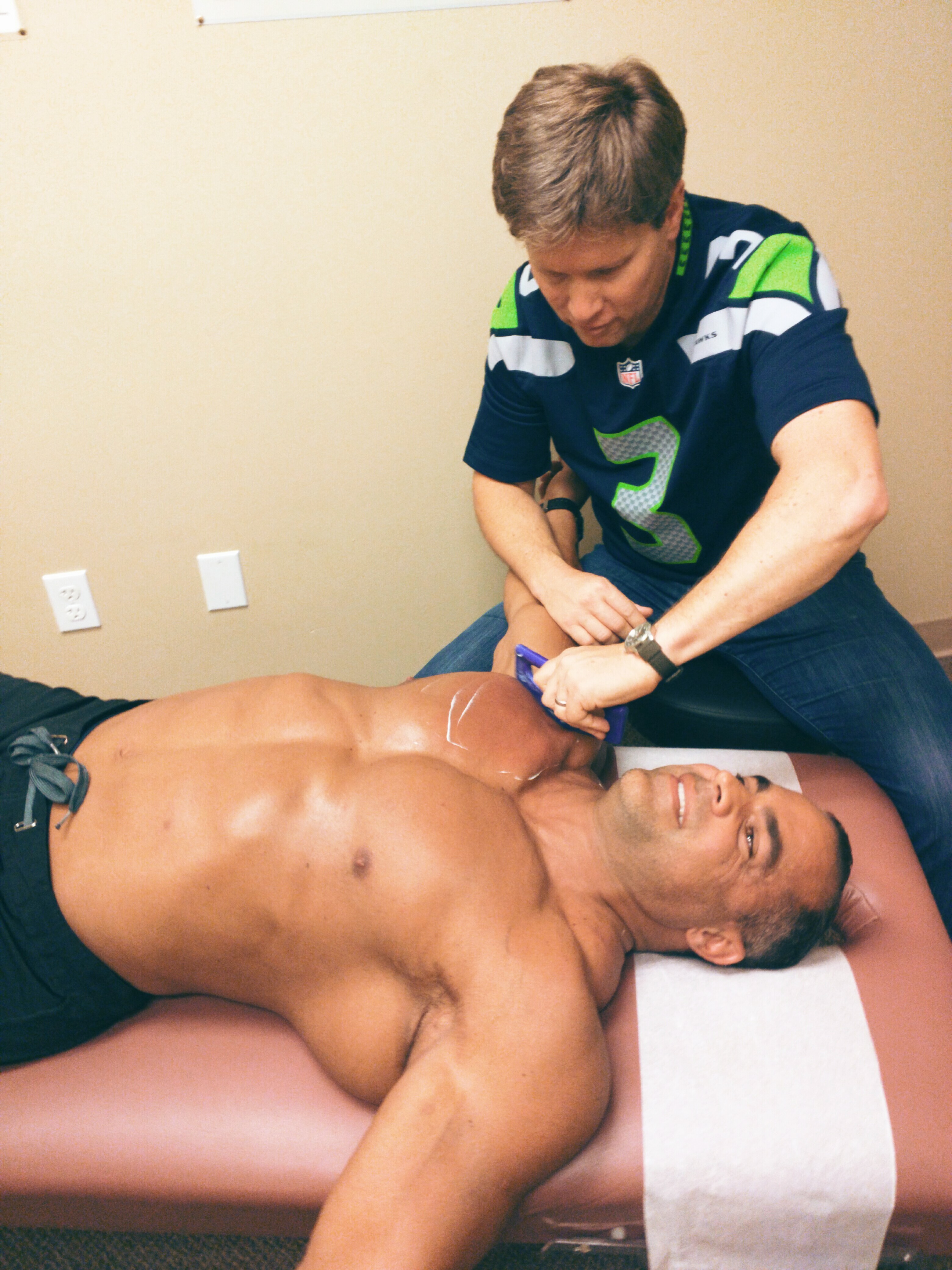
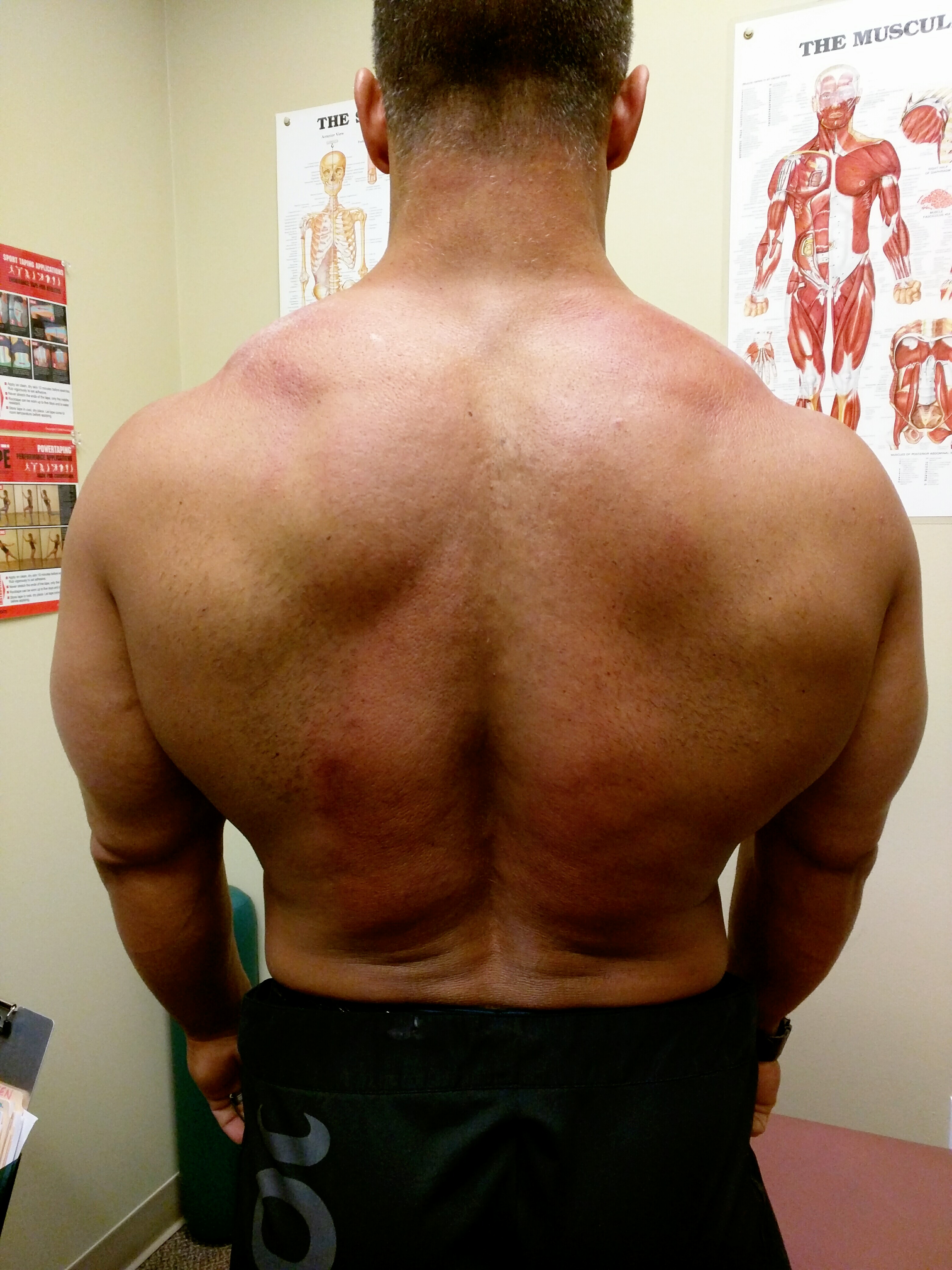
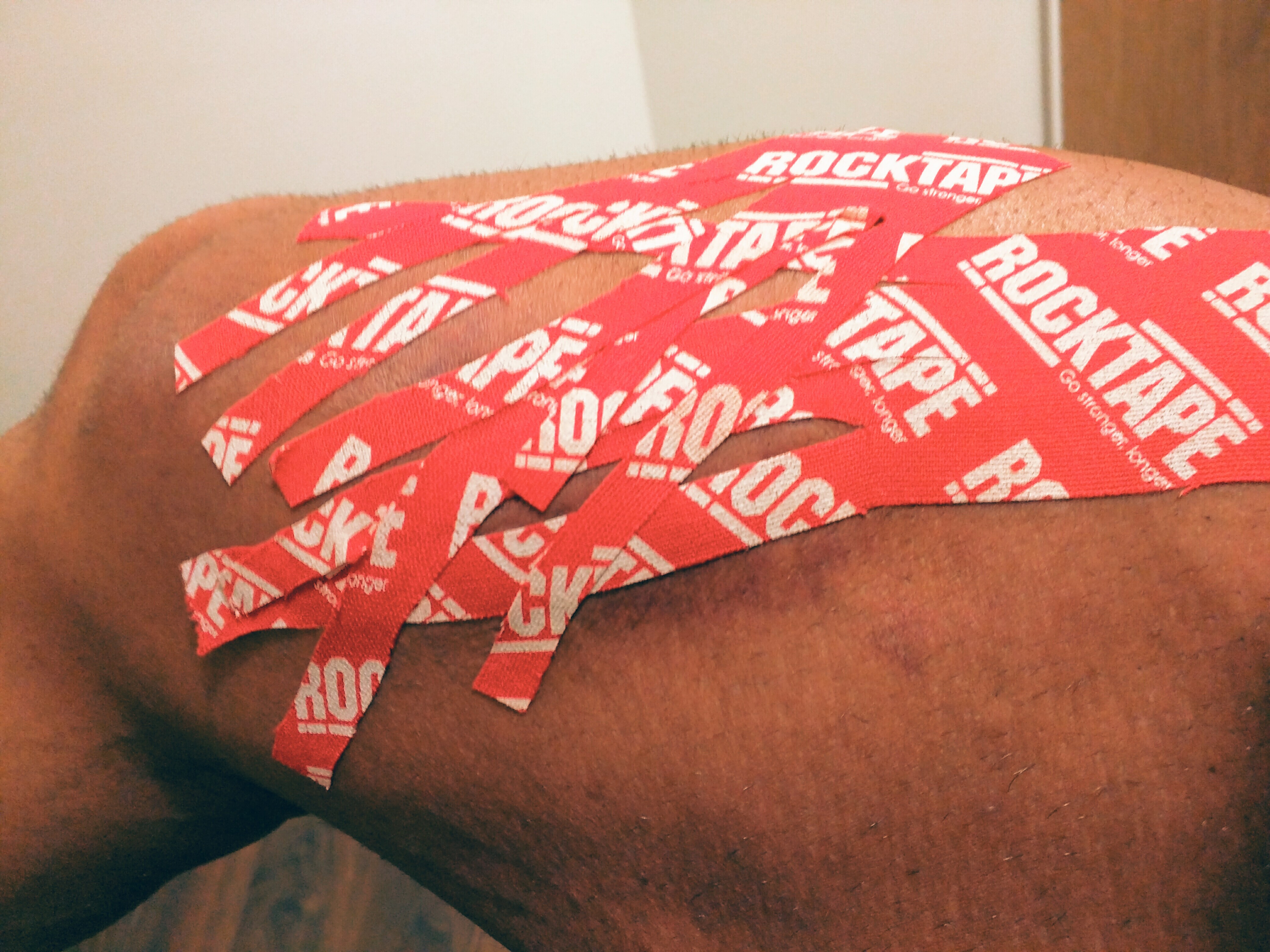
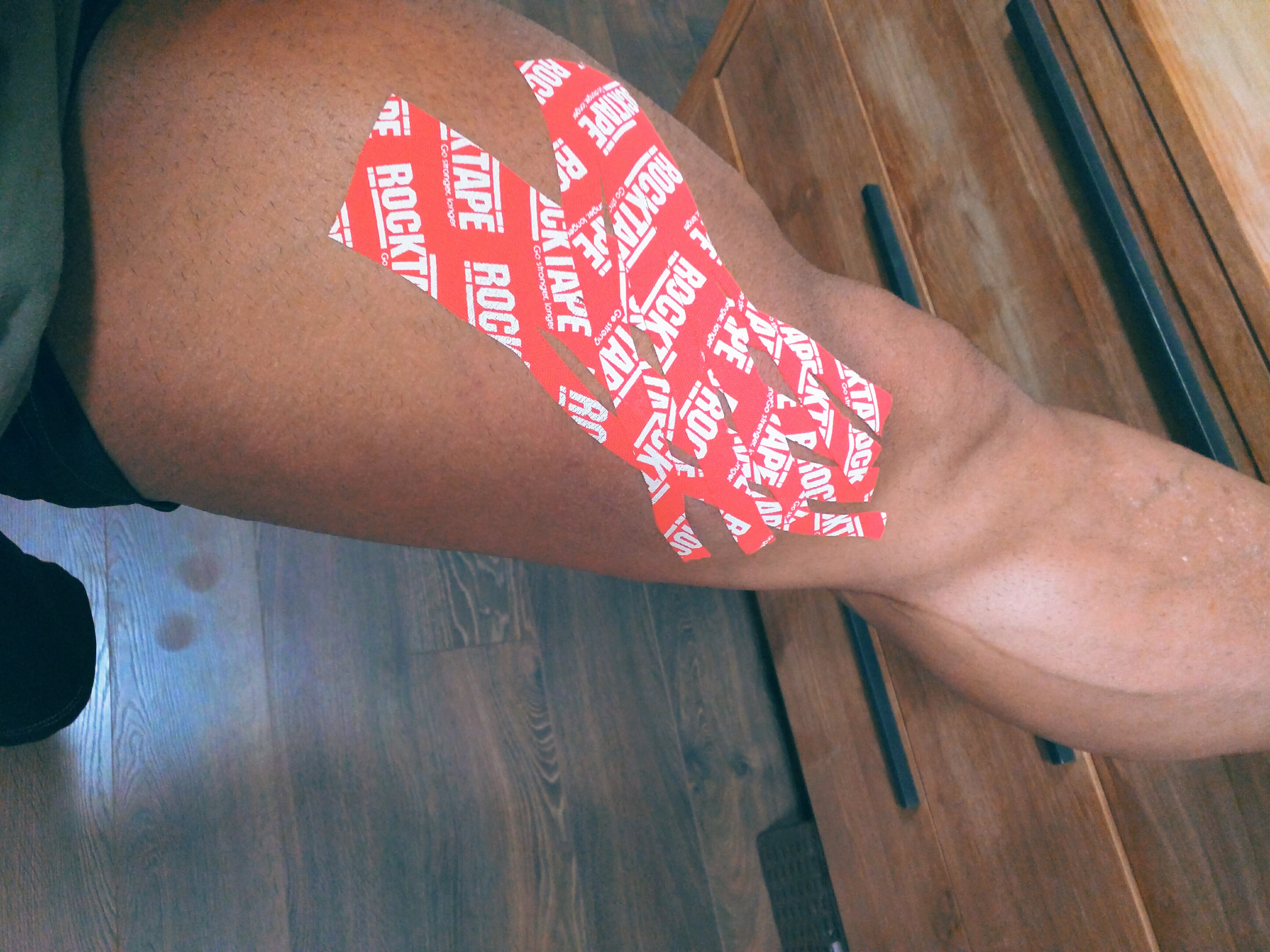
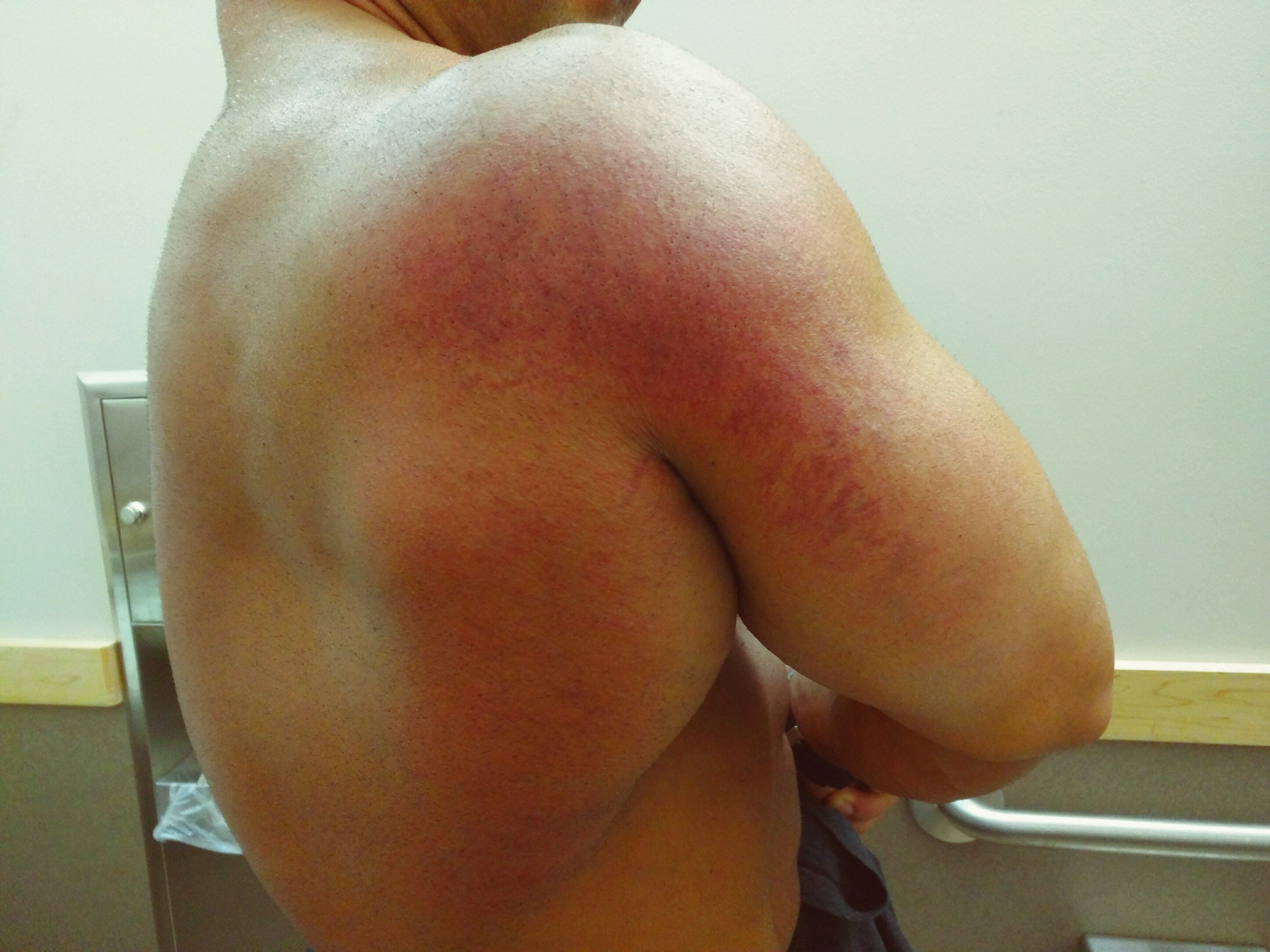

1 Comment